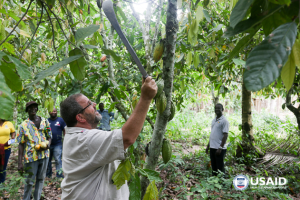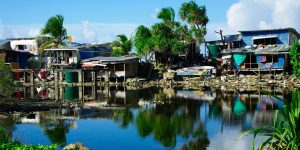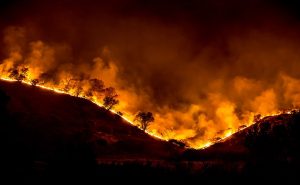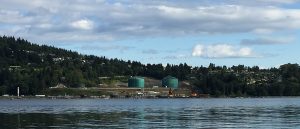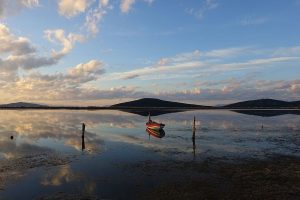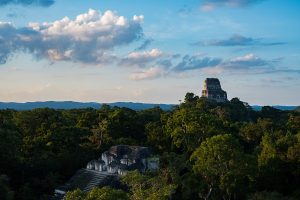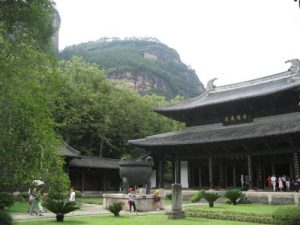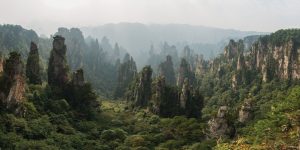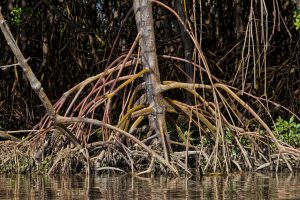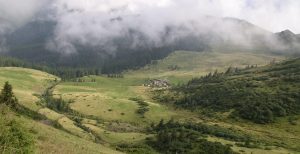Exploring the cocoa tree decline in Nyame Nnae, Ghana and the complications of tree/land tenure that smallholder farmers are facing
This case study is about Nyame Nnae, a village in western Ghana, a part of the Asankrangwa District. Asankrangwa is a stool (Indigenous group) that owns the land customarily in their district
Climate refugees in Tuvalu: transferable lessons from the multi-stakeholder processes of community forestry
Climate change is a major concern for nations within the Pacific Ocean. Low-lying countries, such as Tuvalu, are some of the most at risk for facing the realities of climate change.
Fighting Fire with Fire by the Karuk Tribe: Traditional Ecological Knowledge and Wildfire Management
The Karuk Tribe has been occupying its traditional land for centuries in the middle section of the Klamath River in California. This case study is about struggle between the U.S. Forest Service and the Karuk Tribe as it tries to reintroduce its management practices over its traditional territory.
The Alberta to British Columbia Trans Mountain Expansion Project
The Trans Mountain Pipeline Expansion Project is controversial as it may potentially have adverse effects environmentally, economically, and socially. The Tsleil-Waututh community voted to oppose the Expansion Project in a pioneering example of First Nations acting on their authority to review and decide whether a project should proceed in their territory.
Roles and impacts of stakeholder networks on Europe’s Natura 2000 programme
The European Ecological Network called Natura 2000 is the world’s largest multinational-coordinated conservation infrastructure of protected areas. It is governed by a science-based top-down supranational legislative framework which sets similar conservation objectives across the Member States.
Community Forest Management in the Maya Biosphere Reserve
Petén was considered the last agricultural, immigration, and geopolitical frontier of Guatemala by the 1990s. Today, it holds 30% of the country’s maize production and 20% of the nation’s cattle production.
An Assessment of the History and Stakeholders’ Involvement in Heritage Tourism in Wuyi Mountain, Fujian, China
This case study is about Wuyi Mountain in Fujian province, China, and covers the development of tourism in since the tenure reforms and opening up of China, beginning in 1978.
Conservation of Zhangjiajie National Forest in China: protection or exploitation
Zhangjiajie park accounts for 27.67% of the total tree species in Hunan province. Forests have become a significant source of revenue for the nation as more tourists visit the forests. The number of tourists and revenue have increased by 20% and 43.6% annually.
Community based co-management of mangrove forest in Dongzhaigang National Nature Reserve, Hainan province, China
The establishment of this nature reserve has made important contributions to the restoration of mangrove wetland, biodiversity conservation and disaster prevention and mitigation.
The shift towards bottom-up forestry: A case study of the Ukrainian Carpathian Mountain range communities
This case study explores the overall systems of tenure, administrative arrangements and various stakeholder groups that are involved in the Ukrainian Carpathian Mountain forested regions between 1991 and 2014.
